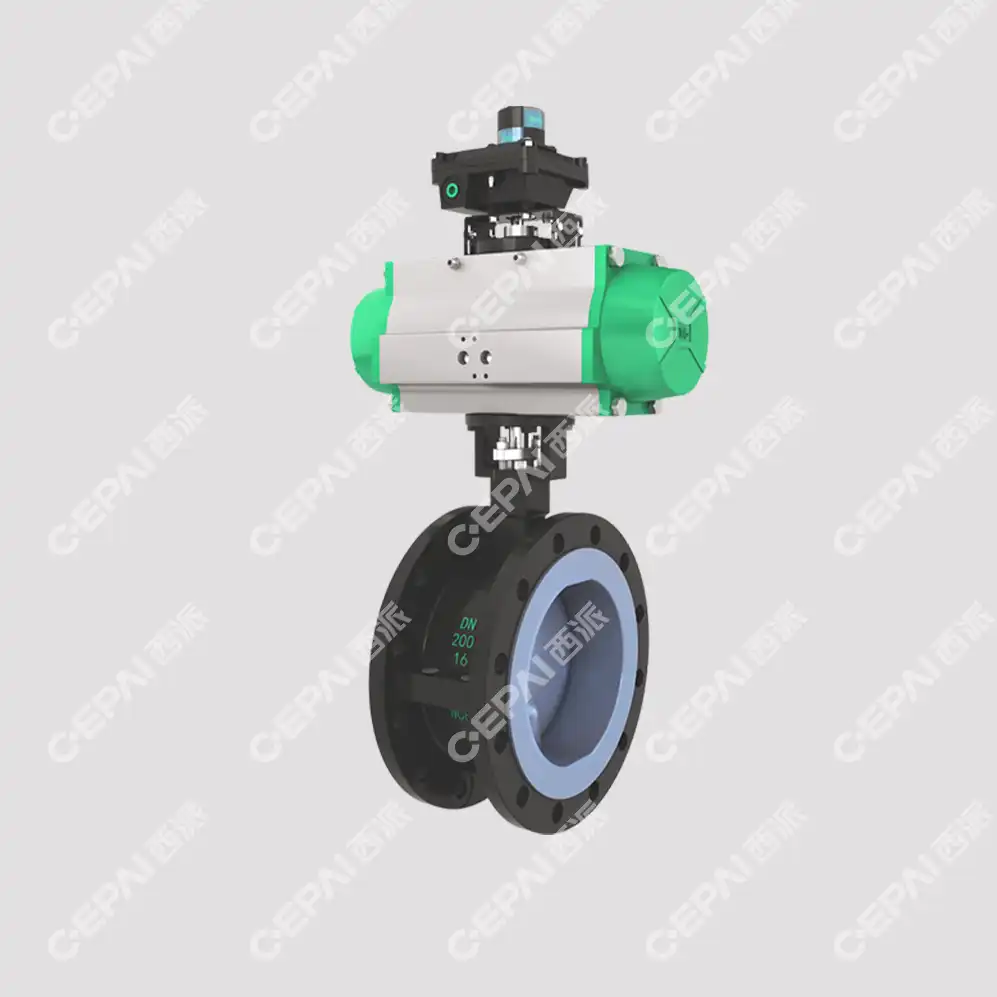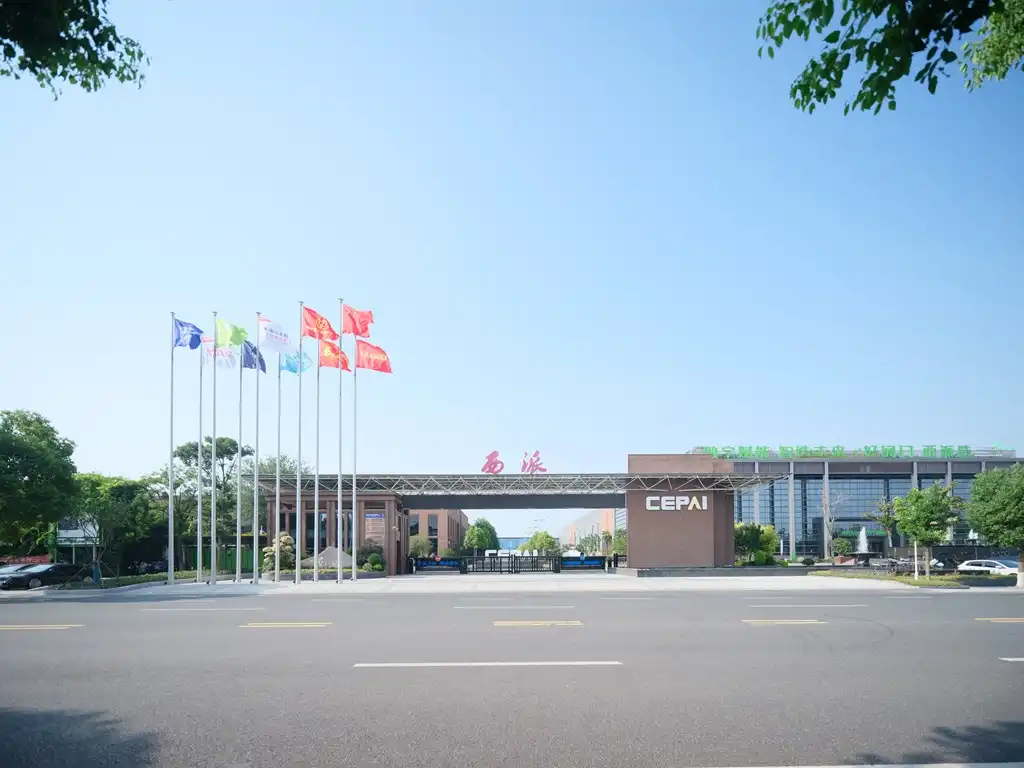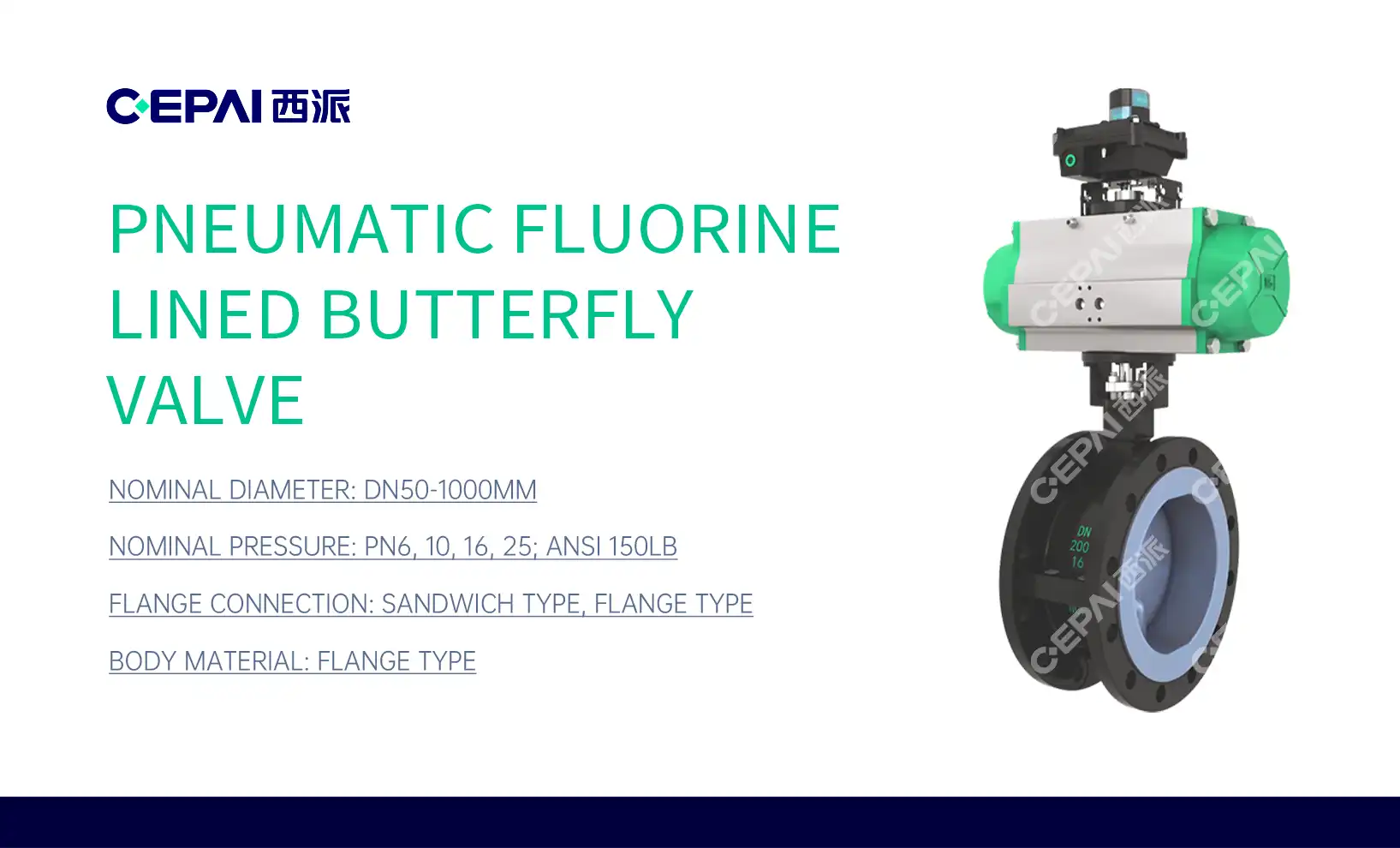Understanding Butterfly Valves and Their Cost-Saving Features
The Anatomy of a Butterfly Valve
Butterfly valves consist of a disc-shaped element that rotates on a shaft to control flow. The fact that they are so inexpensive is due to their simple design. The valve body, disc, seat, and actuator are the main parts. The valve body houses the internal parts and connects to the pipeline. The disc, typically circular, acts as the flow control mechanism. The seat provides a seal when the valve is closed, while the actuator enables precise control of the disc's position. This basic structure makes it cheaper to make and simpler to keep up, which makes a difference bring down the add up to taken a toll of stream control frameworks.
Operational Efficiency and Energy Savings
The operational efficiency of butterfly valves is a key factor in their cost-saving potential. These valves require minimal energy to operate due to their low-torque design. The disc's quarter-turn operation means less mechanical effort is needed to open or close the valve, reducing power consumption. Over the life of the machine, this efficiency means lower energy costs. In addition, butterfly valves have excellent stopping capabilities that enable precise flow control. By figuring out the best stream rates, they offer assistance keep weight from dropping as well much and lower the fetched of pumps. Fine-tuning flow is another way to help optimise a process, which could lead to better product quality and less waste.
Space-Saving Design and Installation Benefits
One of the most significant advantages of butterfly valves is their compact design. Unlike gate valves or globe valves, butterfly valves have a much smaller footprint. Besides saving space, this function also saves money in many other ways. For starters, it makes better use of space in piping systems, which could mean that buildings or equipment rooms are smaller overall. Additionally, butterfly valves are easy to place because they are light. It takes less heavy equipment to move and place, which cuts down on installation time and costs. The small size also means that less pipe material is needed, which lowers project costs even more. For example, these space and weight savings can be very helpful in fields where space is limited or where weight limits are very important, like on offshore platforms or mobile equipment.
Maintenance and Longevity: Long-Term Cost Advantages
Simplified Maintenance Procedures
Butterfly valves boast simplified maintenance procedures, contributing significantly to long-term cost savings. Because they are simple and have fewer moving parts than other types of valves, they are less likely to break mechanically. This makes it easier to fix problems when they happen and means that servicing needs to be done less often. Most of the time, routine maintenance jobs like replacing the seat or adjusting the disc can be done without taking the valve off the pipeline. This in-line serviceability cuts down on downtime and the cost of labour needed to maintain valves. Also, technicians can easily check and perform preventative maintenance on butterfly valve parts because they are easy to get to. This could extend the valve's useful life and stop expensive breakdowns that happen out of the blue.
Durability and Resistance to Wear
The durability of butterfly valves is a crucial factor in their cost-effectiveness over time. These days, butterfly valves are made from high-quality materials that don't wear down or rust. The disc and seat are the main parts that get worn down. Depending on the purpose, they can be made from strong materials like stainless steel, bronze, or special polymers. Because they are so strong, butterfly valves can keep working well even in tough conditions, which means they don't need to be replaced as often. The valve lasts a long time because it has a simple mechanism that works with little friction between its working parts. As a result, butterfly valves often have a longer service life compared to more complex valve types, spreading the initial investment cost over a more extended period and reducing the total cost of ownership.

Reduced Downtime and Replacement Frequency
Butterfly valves are very important for keeping system downtime to a minimum, which is a big part of cutting costs overall. Their reliable operation and resistance to common issues like sticking or seizing mean fewer unexpected shutdowns for repairs or replacements. When maintenance is required, the quick-acting quarter-turn mechanism allows for rapid isolation of pipeline sections, reducing the duration of planned maintenance periods. Additionally, the long service life of butterfly valves means they need to be replaced less frequently than many other valve types. This lower replacement frequency not only saves on the cost of new valves but also reduces the associated expenses of system downtime, labor for installation, and potential production losses during valve changeouts. Butterfly valves offer assistance keep operations running easily and anticipate costly disturbances by expanding framework steadiness and bringing down the number of times they require to be settled.
Versatility and Adaptability: Meeting Diverse Industry Needs
Wide Range of Applications
Butterfly valves illustrate surprising flexibility, adjusting to a wide extend of applications over different businesses. This versatility is a key figure in their cost-effectiveness, as it permits for standardization of valve sorts inside a office or over numerous ventures. In the oil and gas segment, butterfly valves handle everything from rough oil transport to characteristic gas dispersion. Water treatment plants utilize them for stream control in expansive pipelines. The nourishment and refreshment industry depends on clean butterfly valves for sterile preparing. HVAC frameworks in buildings utilize them for discuss taking care of and temperature control. This wide pertinence implies that companies can frequently utilize the same valve sort for numerous purposes, possibly diminishing stock costs and rearranging upkeep methods. The capacity to meet assorted industry needs with a single valve sort streamlines obtainment forms and can lead to volume rebates when obtaining in bulk.
Customization Options Without Excessive Costs
While butterfly valves offer standardization benefits, they also provide ample customization options to meet specific application requirements without incurring excessive costs. Producers can tailor different viewpoints of the valve, such as materials of development, situate plans, and activation strategies, to suit specific working conditions. For occurrence, a fundamental butterfly valve can be overhauled with corrosion-resistant materials for chemical handling or fitted with fire-safe seals for high-temperature applications. This adaptability permits businesses to address one of a kind challenges without turning to more costly, specialized valve sorts. The measured nature of numerous butterfly valve plans moreover encourages simple updates or alterations in the field, decreasing the require for total valve substitutions when necessities alter. This adaptability ensures that butterfly valves remain cost-effective solutions even as systems evolve or operational parameters shift over time.
Integration with Modern Control Systems
Modern control systems work well with butterfly valves, which makes them even more cost-effective by automating tasks and making processes more efficient. A lot of butterfly valves can come with smart actuators and position monitors that let you control them precisely from a distance and keep an eye on them in real time. This integration lets you utilize more progressed control methodologies, like prescient upkeep, which looks at information around how well valves are working to arrange upkeep some time recently they break. This cuts down on undesirable downtime and increments the life of the valves. In stream control applications, the capacity to absolutely tweak butterfly valves through computerized control frameworks can lead to critical vitality reserve funds by optimizing stream rates and decreasing pump loads. Besides, the compatibility of butterfly valves with mechanical Web of Things (IIoT) stages encourages data-driven decision-making, possibly distinguishing wasteful aspects in the framework and directing prepare enhancements. By leveraging these mechanical progressions, businesses can maximize the cost-saving benefits of butterfly valves whereas making strides in general framework execution and unwavering quality.
Conclusion
In terms of taken a toll, butterfly valves are one of the best ways to direct the stream of fluids since they are both viable and compelling. Their straightforward plan implies lower costs for development and upkeep, and their little measure implies lower costs for setup. The operational productivity of butterfly valves leads to vitality investment funds and made strides prepare control. Their long-term unwavering quality and ease of upkeep contribute to decreased downtime and lower add up to fetched of proprietorship. With the capacity to adjust to different businesses and coordinated with present day control frameworks, butterfly valves demonstrate to be a shrewd speculation for businesses looking to optimize their stream control operations whereas overseeing costs viably.
Contact Us
Ready to experience the cost-saving benefits of butterfly valves in your flow control systems? CEPAI Group offers high-quality, innovative valve solutions tailored to your specific needs. Our expert team can help you select the perfect butterfly valve to optimize your operations and reduce costs. Contact us today at cepai@cepai.com to learn more about how our products can enhance your system's efficiency and reliability.


_1746598538016.webp)



